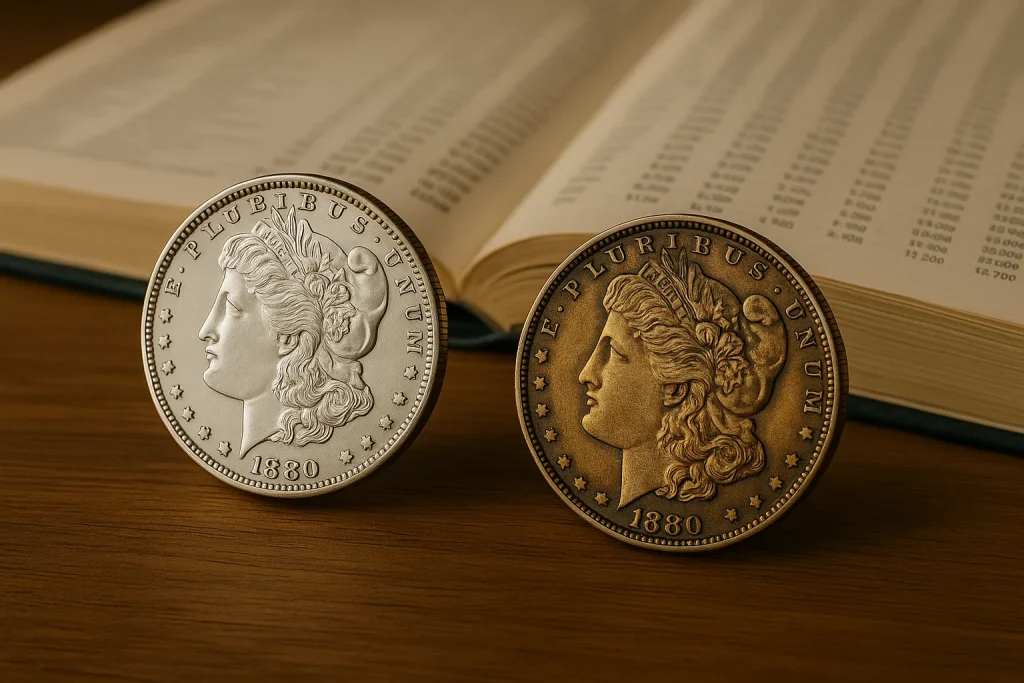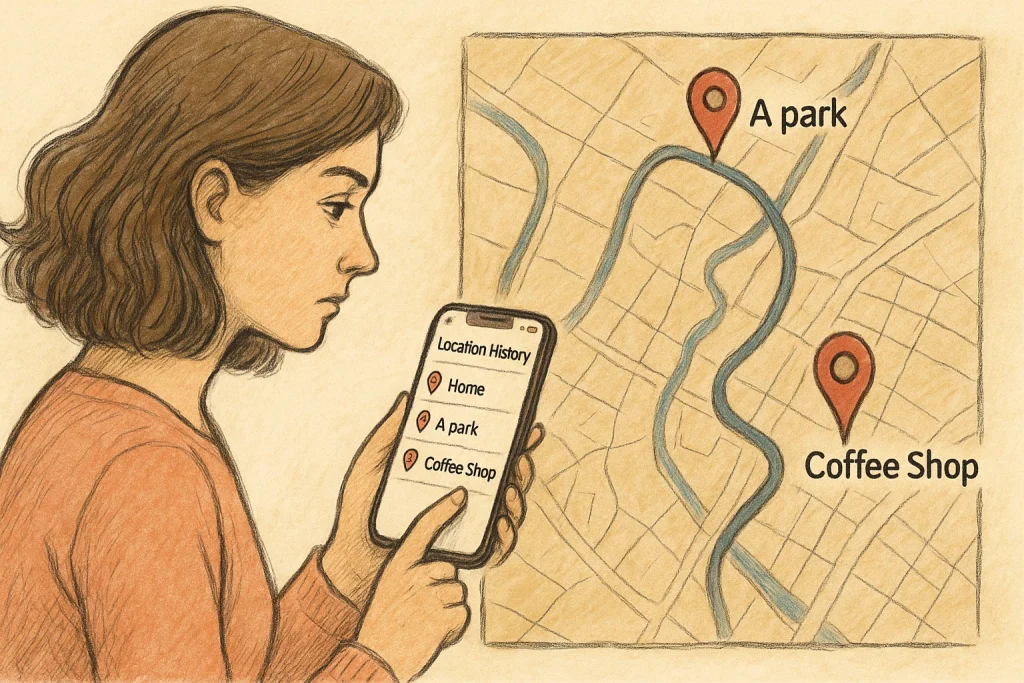Introduction to Coin Mapping with GPS
Have you ever wondered where a coin has traveled before landing in your hand? Every scratch, every faded engraving holds whispers of history. Thanks to advanced technology like GPS, we’re no longer limited to just imagining these journeys—we can actually trace them! Coin mapping with GPS transforms our understanding of historical artifacts, letting us breathe life into objects that seemed mute.
Why Track Coins? It’s Like Following Breadcrumbs Through Time
Tracking historical coins is like piecing together a giant jigsaw puzzle of human history. Imagine a 17th-century Spanish doubloon: minted in Seville, spent on Caribbean sugar, traded for silks in Asia. Each stop reveals something new—not only about the coin but about the people and cultures it touched. Using GPS data, researchers create a kind of digital breadcrumb trail that paints a vivid picture of these global journeys.
- Analyze trade routes: Where were certain coins exchanged most frequently?
- Identify cultural intersections: What stories emerge when a Roman coin appears in ancient India?
It’s not just academic—it’s personal. These are stories of war, love, curiosity, and commerce etched into every minted edge. Mapping coins with GPS provides not just data points, but narratives that tether our shared human past to the present moment.
Technologies Behind Tracking Historical Coin Journeys
![]()
Unpacking the Digital Toolbox for Coin Tracking
Let’s take a journey into the heart of technology—where history meets innovation. What does it really take to bring the odyssey of an ancient coin alive? Spoiler alert: it’s not magic, but it sure feels like it! A blend of cutting-edge tools and creative thinking makes the impossible possible.
First up, there’s the power of GPS tracking. While traditional GPS systems help us navigate city streets, in this domain, they’re repurposed to trace origins and stops of coins that may have traveled through empires and revolutions. But how does THAT work on something as small as a coin?
- Data mapping software: Think of programs like GIS (Geographic Information Systems) as a high-tech compass. They visualize routes based on clues like mint marks, inscriptions, or where a coin was unearthed.
- Blockchain-powered records: Yes, the same tech behind cryptocurrencies! Blockchain secures and timestamps each step in a coin’s traceable history, ensuring no detail gets lost in translation.
Micro-Features That Tell Macro Stories
Ever noticed the tiniest engravings or patina on a coin? Specialists use machine vision—like an eagle-eyed historian on steroids—to analyze surfaces with mind-blowing accuracy. Patterns, wear-and-tear, and even microscopic dirt fragments reveal secrets about a coin’s past life.
Then, there’s a wildcard: radio frequency identification (RFID). This is where things get James Bond-level cool. Embedded chips are occasionally used to track modern movements of historical artifacts, offering a real-time window into their post-discovery journeys.
These tools don’t just connect dots—they weave stories, bridging the historical with the digital. It’s like unlocking a treasure chest, one byte at a time!
Case Studies: Successful Applications of GPS in Coin Mapping
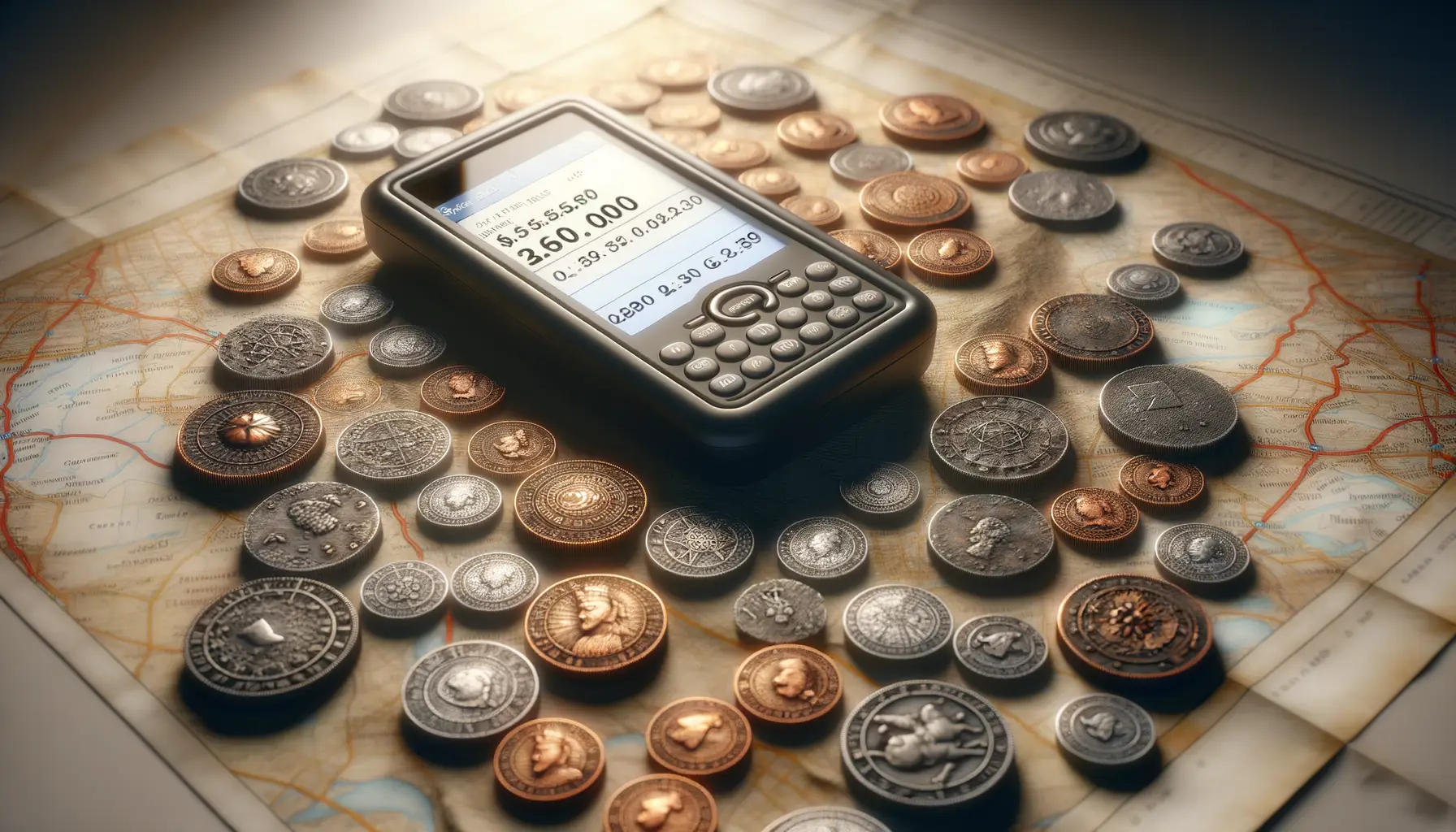
Unveiling Lost Histories with GPS: A Numismatist’s Dream
Imagine holding an ancient coin in your hands—a relic whispering secrets of travels through bustling marketplaces, royal treasuries, and far-off lands. Thanks to GPS technology, these whispers are becoming something louder: a vivid, traceable story.
Take, for example, the discovery of a Roman denarius in modern-day France. When cross-referenced with GPS-mapped finds of similar coins, a striking pattern emerged. This wasn’t just random circulation—it painted the trajectory of a merchant network connecting Gaul to the heart of the Roman Empire. Without GPS mapping, this intricate web of trade might have stayed a dusty mystery.
And it’s not just coins from ancient empires! Consider a tracker-equipped Civil War token. Embedded with modern technology, researchers followed its peculiar stops across the Midwest. Town by town, it unveiled a soldier’s route during wartime. It’s like reconstructing a personal diary—one etched in metal, not ink.
- Revealing the backroads of Viking trade networks in Scandinavia.
- Mapping coin hoards to chart ancient evacuation routes during invasions.
These success stories show that every coin, just like every person, has its own untold journey waiting to be uncovered. With GPS-guided data, the past feels closer than ever.
Challenges and Limitations of GPS in Historical Research
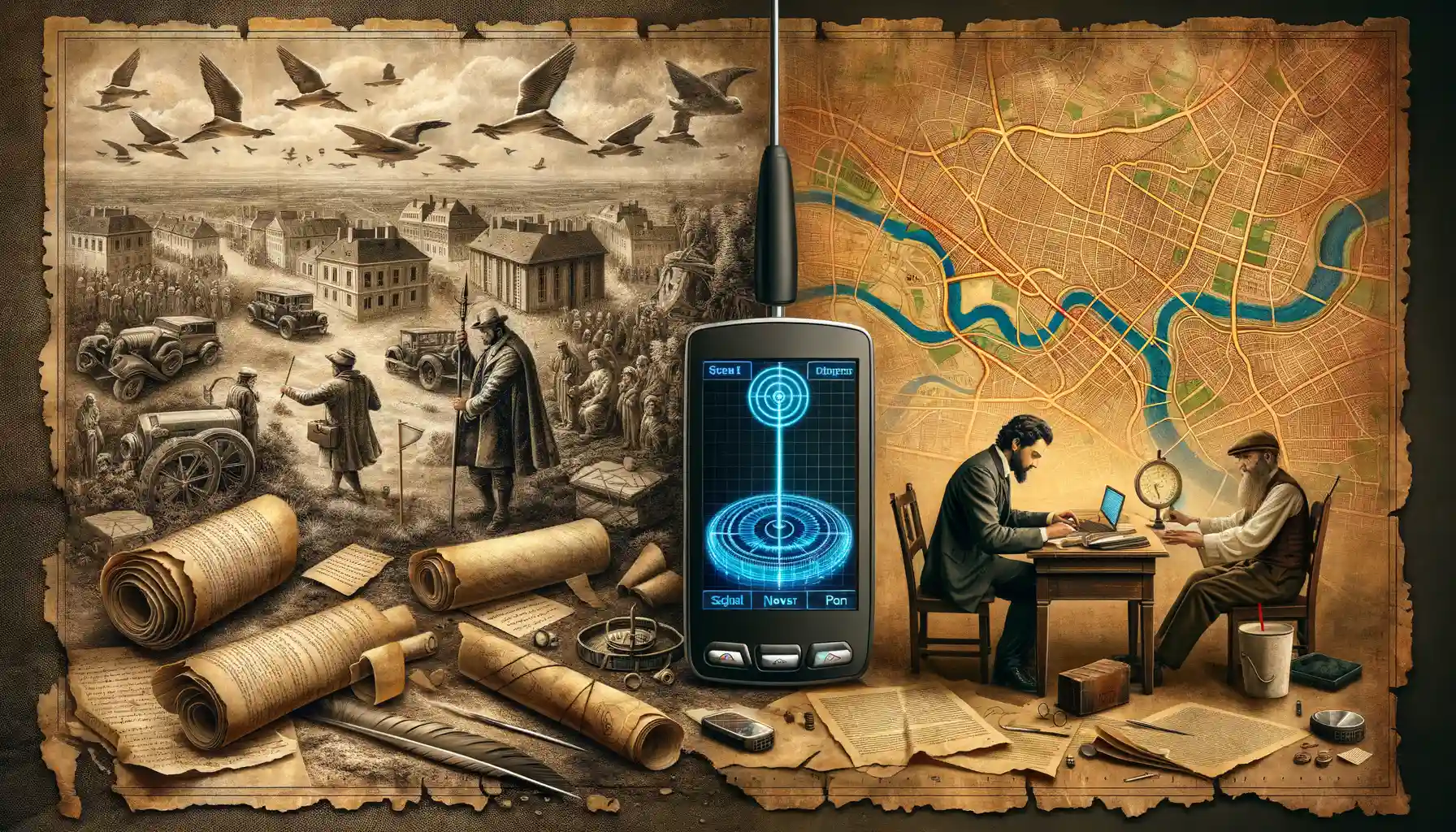
When GPS Can’t Read the Map
Picture this: armed with state-of-the-art technology, you’re ready to trace the journey of an ancient Roman coin. Where did it circulate? What hands touched its cool metal edges? Yet, just when it feels like the answers are within reach, roadblocks appear. While GPS systems are powerful tools, they weren’t built to illuminate the shadowy paths of history.
First off, let’s talk precision—or lack thereof. GPS works wonders for modern-day navigation, but when you’re dealing with ancient trade routes that barely resemble today’s geography, a precise location can quickly turn into educated guesswork. Often, you’re left staring at a vague dot on a map, wondering, “Is this even close to where the coin traveled?”
There’s also the issue of accessibility. Imagine tracking a medieval coin through dense forests or crumbling ruins. Some areas rich in historical data simply aren’t mapped well—even satellites don’t play along here. And don’t forget: GPS signals can falter in narrow valleys or urban hubs tangled with interference.
Sometimes, the trail goes cold. But isn’t that part of the chase? These obstacles make historical research less predictable—and, oddly enough, more thrilling.
Future Opportunities in Mapping Historical Artifacts
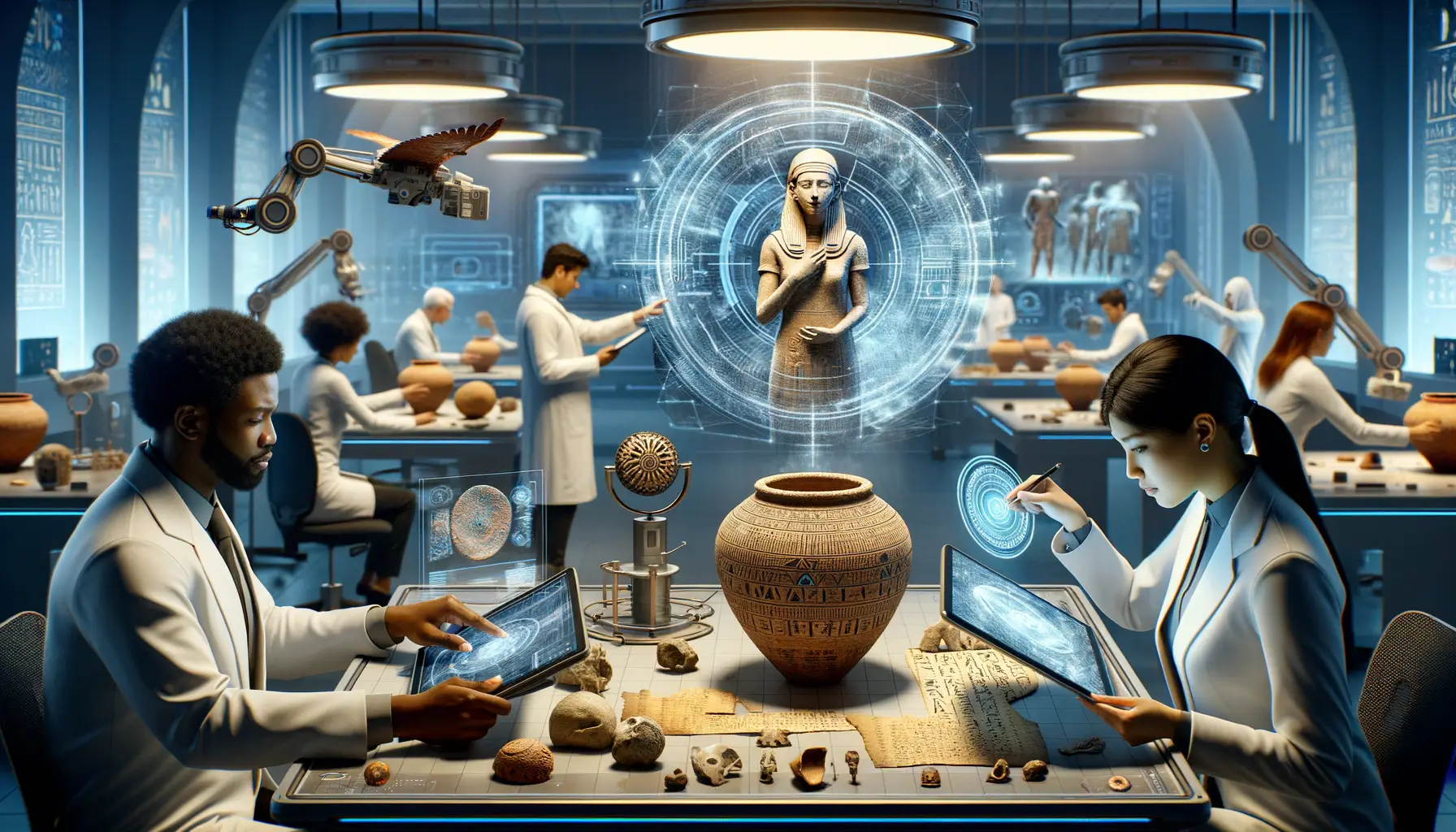
Revolutionizing Historical Discoveries Through GPS
The future promises astonishing advancements in the way we map historical artifacts like ancient coins. Imagine holding a coin minted centuries ago and tracing its journey across empires, wars, and trade routes—it’s like following breadcrumbs through history! With emerging technologies, such as enhanced GPS systems and AI-driven data interpretation, this dream is becoming a reality.
Let’s talk potential breakthroughs:
- Ultra-precise location mapping: Upcoming refinements in GPS accuracy will help pinpoint where coins are unearthed, down to mere centimeters, providing extraordinary archaeology-level insights.
- Collaborative mapping platforms: Imagine an online map teeming with interactive layers where historians, enthusiasts, and even schools can trace artifact paths together, sharing their findings in real time.
- Integration with AR/VR: Visualize coins back in action, virtually recreating bustling Roman marketplaces or medieval caravans. The story of each artifact will truly come alive!
Personalized Mapping for Every Artifact
What’s most exciting? This technology could democratize artifact research. A single enthusiast with a GPS-enabled device could contribute to global databases, revealing connections scholars never anticipated. Picture this: your find unlocks a missing link between Viking trade routes or an overlooked Silk Road path. Doesn’t that make you feel like a modern-day Indiana Jones?
The future isn’t just about improving tools—it’s about connecting us all to the pulse of history. Where will your discovery lead?
